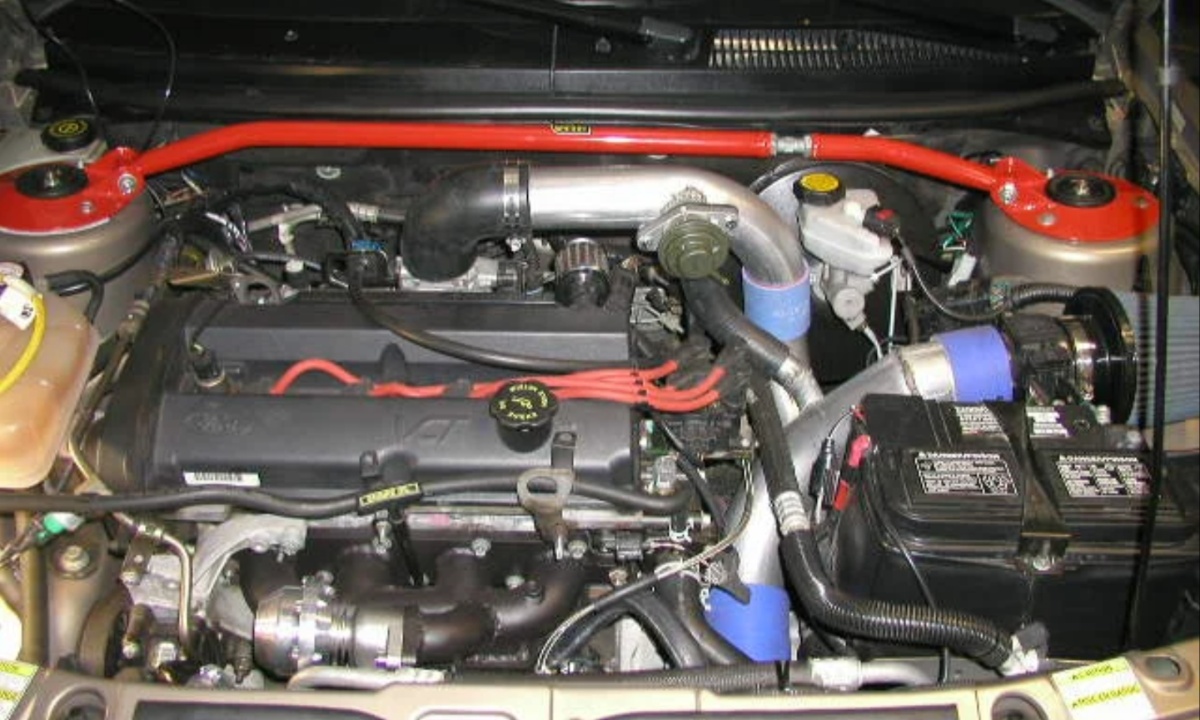“Compact Durability Meets Smooth Performance” perfectly captures the spirit of these standout four-cylinder engines. Built for real-world driving, they combine lasting strength with refined operation, proving that reliability doesn’t mean sacrificing drivability.
Whether powering a commuter car, crossover, or tuner favorite, each engine featured here has earned its place through decades of consistent performance and high-mileage success.
From Ford’s free-revving Zetec to Honda’s VTEC-tuned D16 and Toyota’s bulletproof 1NZ-FE, these engines share a common purpose: deliver smooth, dependable power without unnecessary complexity. For drivers who value durability and everyday usability, these powerplants represent the best of balanced, compact engineering.
1. Ford 2.0L Zetec (I4): Compact Durability Meets Smooth Performance
The Ford 2.0L Zetec engine, introduced in the mid-1990s, powered vehicles like the Focus, Escort ZX2, and Contour. It marked a significant step forward in Ford’s small engine design, offering refined driving dynamics, excellent fuel economy, and durability.
With an iron block and aluminum DOHC head, the Zetec featured four valves per cylinder for efficient breathing and linear throttle response. Known for its free-revving character and reliability, it appealed to both budget drivers and enthusiasts.
With proper maintenance—especially oil changes and timing belt service—these engines often exceed 200,000 miles, earning their place among Ford’s most reliable four-cylinder powerplants.
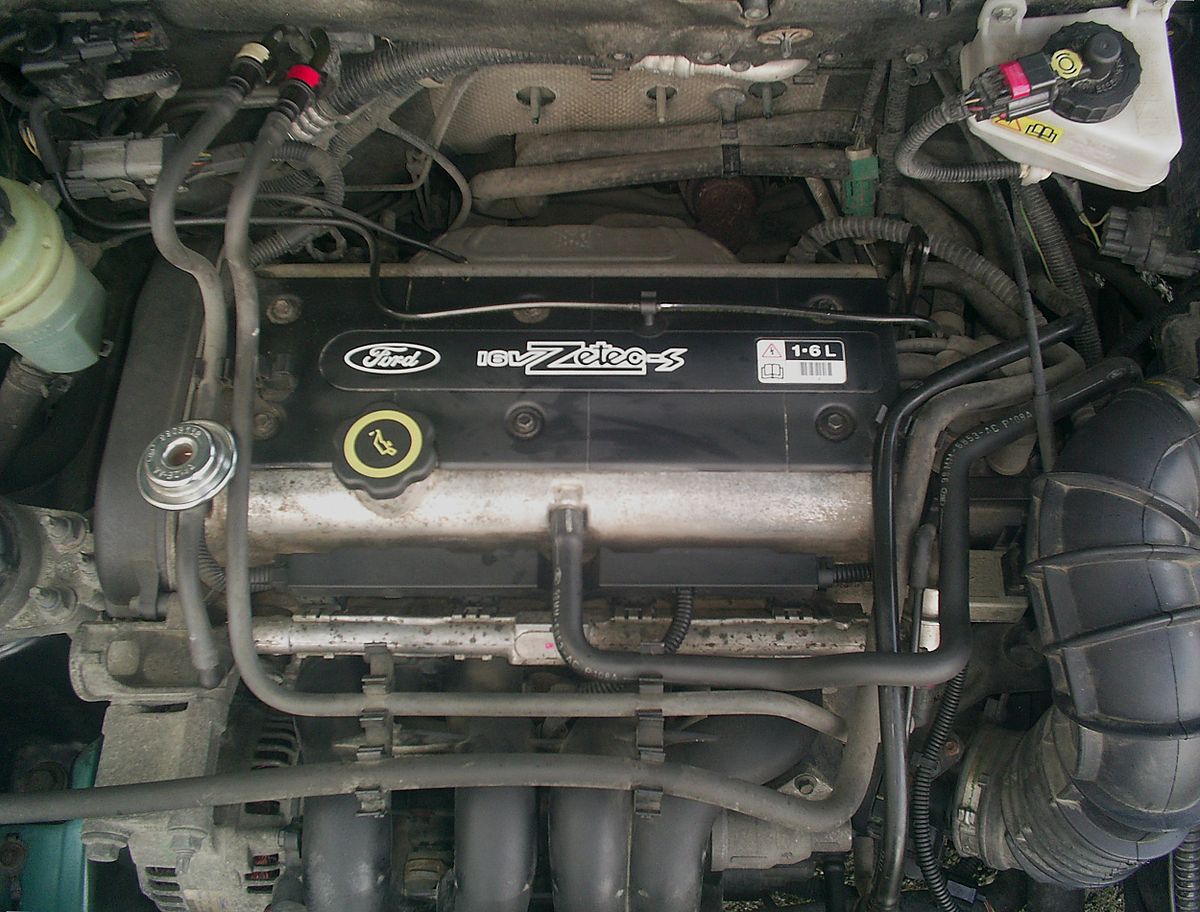
2. Nissan QR25DE (2.5L I4): Reliable Power with a Smooth Edge
Nissan’s QR25DE, introduced in the early 2000s, replaced the KA24DE and powered models like the Sentra, Altima, Rogue, and X-Trail. Early versions had teething problems such as excessive oil consumption and catalytic converter failures, but later revisions corrected these.
Featuring an aluminum block and head, balance shafts, and variable valve timing, the QR25DE delivers smooth low-end torque and quiet cruising. Power output ranged from 170–200 hp, ideal for sedans and crossovers.
When maintained—especially monitoring timing chains—this engine can surpass 200,000 miles. It balances modern efficiency with repairability, making it a dependable choice for long-term daily driving.
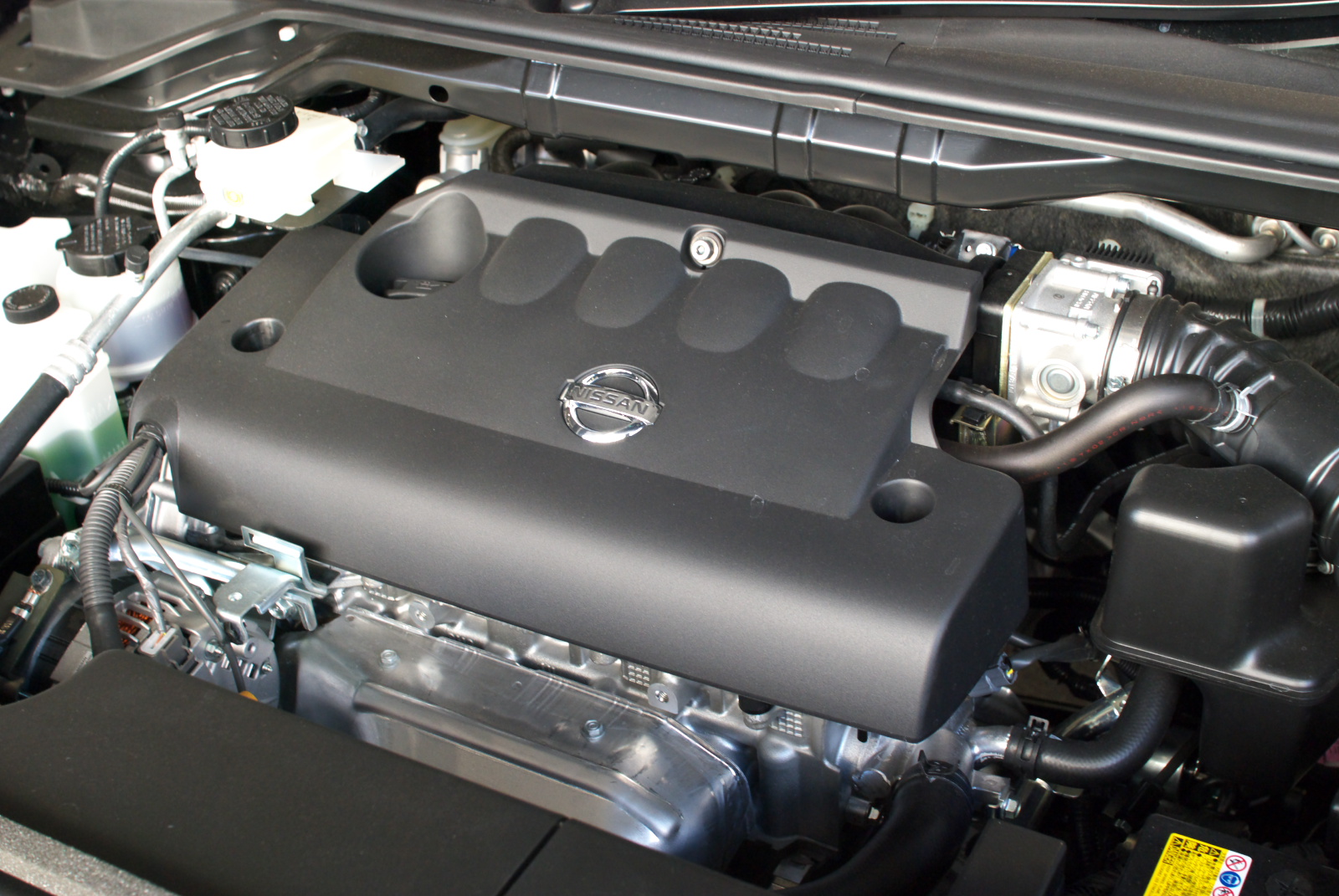
3. Subaru EJ22 (2.2L H4): Boxer Simplicity with Legendary Reliability
The Subaru EJ22 flat-four engine, produced from the late 1980s through the 1990s, was a staple in the Legacy, Impreza, and Forester. Its SOHC, non-interference design and use of cast-iron liners within an aluminum block made it incredibly robust.
With only about 135 horsepower, the EJ22 wasn’t powerful but excelled in longevity, often exceeding 300,000 miles. It avoided the head gasket failures common in later Subaru engines and benefited from natural engine balance thanks to its boxer layout.
Easy to service and supported by a loyal enthusiast base, the EJ22 remains one of Subaru’s most respected and enduring powerplants.
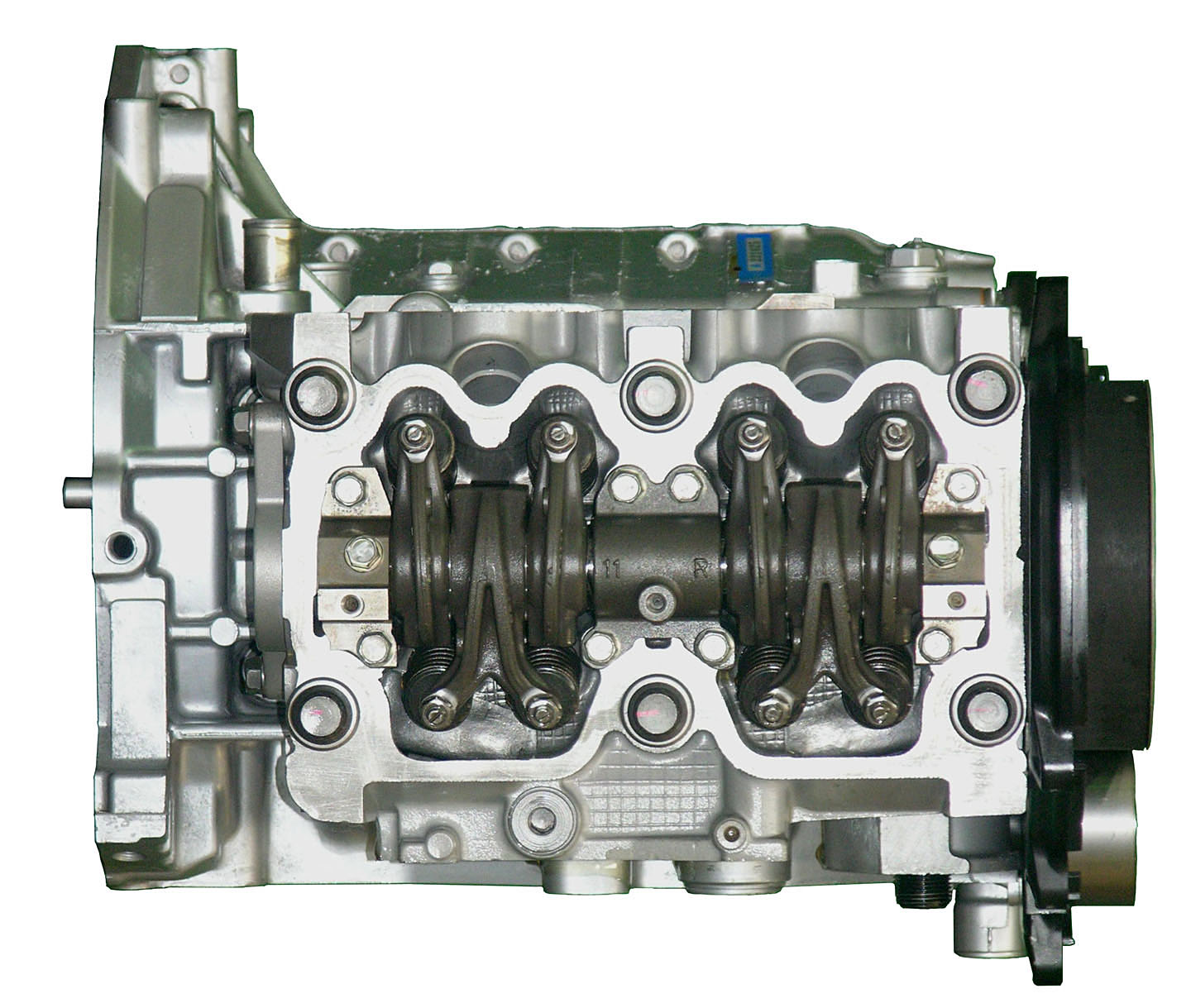
4. Hyundai Beta II (2.0L I4): Budget Refinement and Resilience
Hyundai’s Beta II 2.0L engine signaled a major shift in the brand’s reputation. Used in models like the Elantra, Tiburon, and Tucson, it featured a cast-iron block, aluminum DOHC head, and, in later years, variable valve timing.
Producing around 140 horsepower, it wasn’t groundbreaking but proved quietly capable. Owners appreciated its low oil consumption, strong gasket integrity, and ease of service.
Maintenance is straightforward, with timing belt changes needed only every 60,000–100,000 miles. Its smooth performance and quiet operation at cruising speeds surprised many, helping Hyundai transition from an economy brand to a credible player in the reliability game.
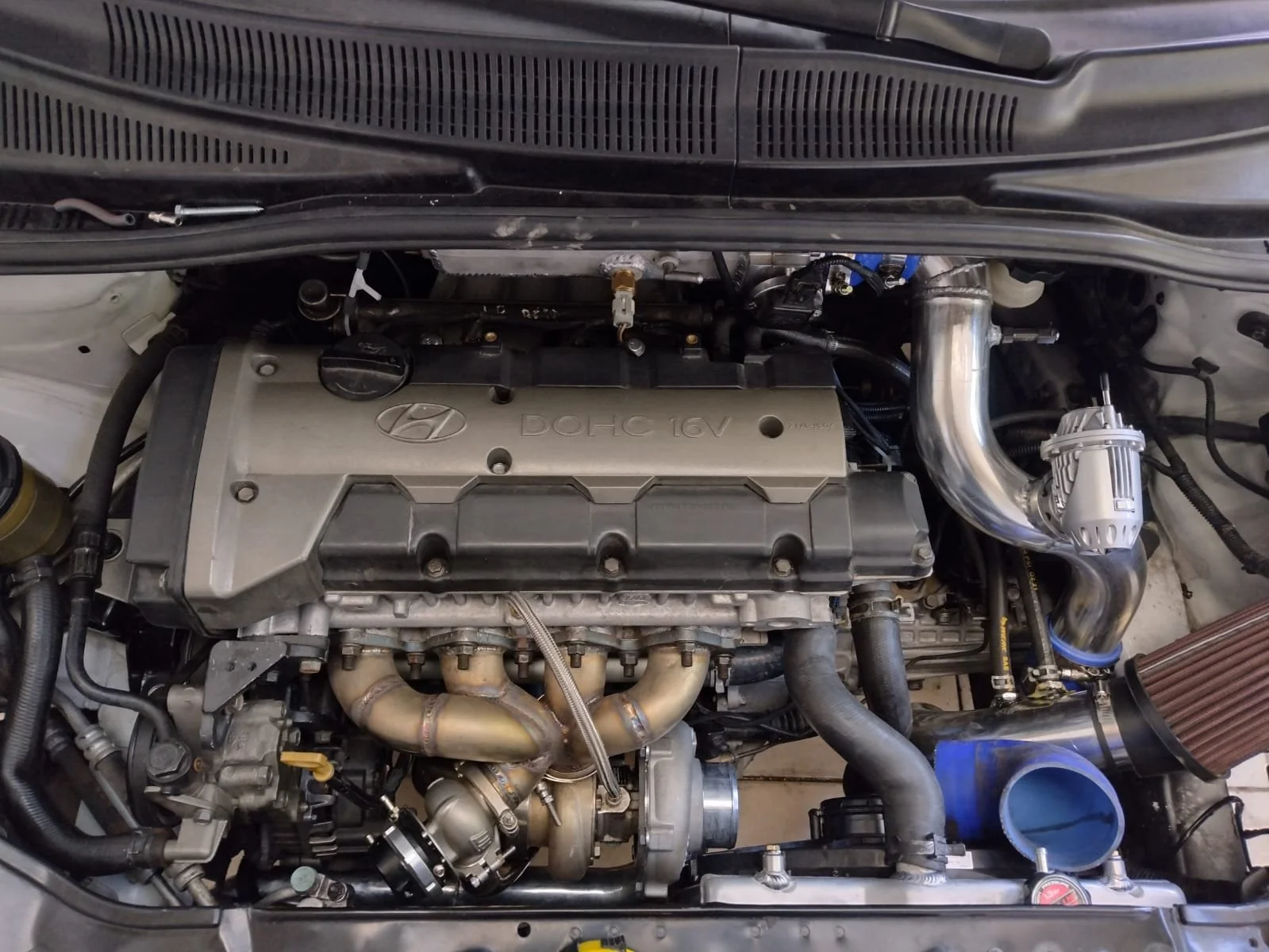
5. Chrysler 2.4L GEMA “World Engine” (I4): Global Design, Local Longevity
The Chrysler 2.4L “World Engine,” developed with Mitsubishi and Hyundai, powered vehicles like the Dodge Caliber, Jeep Compass, and PT Cruiser. It features an aluminum block and head, DOHC setup, and variable valve timing.
Early issues included oil consumption and noisy valvetrains, but these were resolved in later models with stronger timing chain components and improved ECU tuning. With 170–180 hp, the GEMA engine offered solid low-end torque and smooth operation, especially in daily driving.
It’s accessible for service, with globally available parts and straightforward repairs. Despite early criticism, the 2.4L GEMA matured into a reliable and practical engine choice.

Also Read: 5 Cars That Don’t Need Timing Belt Changes and 5 That Constantly Break
6. Toyota 1NZ-FE (1.5L I4)
The Toyota 1NZ-FE is a compact yet incredibly durable 1.5L engine, found in models like the Yaris and first-gen Prius. With an aluminum block, cast-iron liners, and a chain-driven DOHC setup, it emphasizes simplicity and longevity. VVT-i adds mild sophistication without the complexity of modern turbo systems.
Known to exceed 300,000 miles, it thrives in both gas-only and hybrid applications, operating under load-efficient conditions. Its design minimizes catastrophic failure points, making maintenance minimal and easy.
The 1NZ-FE exemplifies how mechanical modesty paired with smart engineering delivers exceptional reliability, making it a trusted engine among budget-conscious and high-mileage drivers alike.
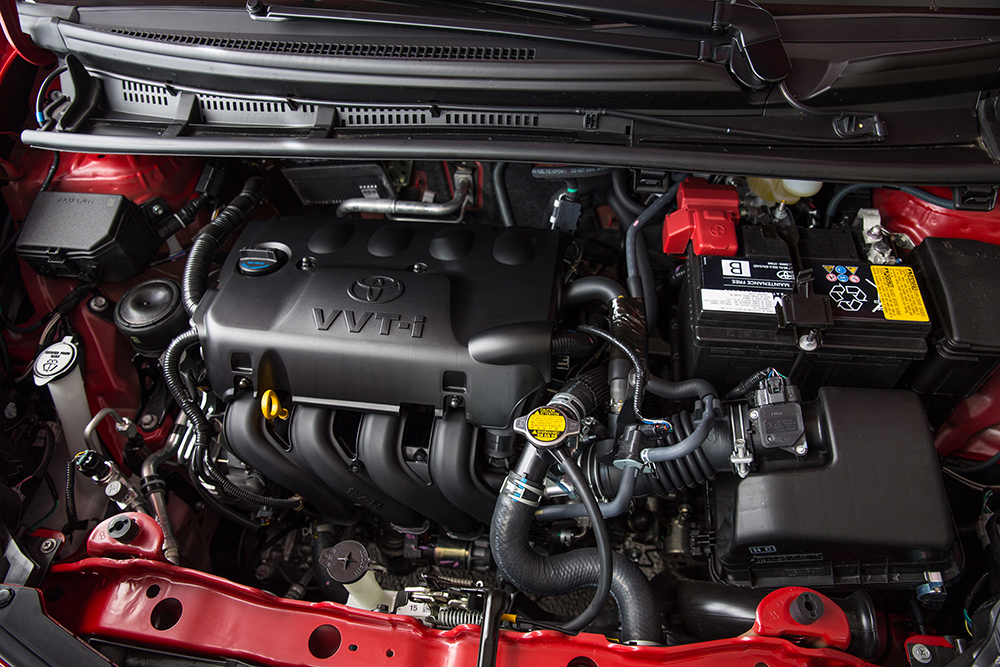
7. Honda D16 Series (1.6L I4)
The Honda D16 engine family, especially the D16Y8 and D16Z6, is legendary for blending reliability with refined performance. Producing up to 127 hp, these SOHC engines rev smoothly and feature lightweight internals, allowing high-RPM operation with minimal wear.
VTEC versions add power without sacrificing efficiency. Built with tight tolerances and strong oiling systems, D16s often surpass 300,000 miles with basic care. Their simple, modular design makes them easy to repair and modify, drawing tuners and DIYers alike.
From commuter cars to boosted project builds, the D16 remains an affordable, reliable engine that delivers near-luxury refinement without luxury-level maintenance costs.

8. Toyota 2AZ-FE (2.4L I4)
The Toyota 2AZ-FE 2.4L engine powered vehicles like the Camry, RAV4, and Scion tC through the 2000s. Its aluminum block with iron liners, DOHC layout, and VVT-i system offered a strong mix of fuel economy, torque, and smoothness. Early oil consumption issues were addressed by 2008, and later models regularly exceed 250,000 miles.
With 157–177 hp and a flat torque curve, it delivers a calm, responsive driving experience. It’s easy to service and widely used, making parts abundant and affordable. Trusted in both hybrids and standard drivetrains, the 2AZ-FE is a practical workhorse with a long, reliable track record.
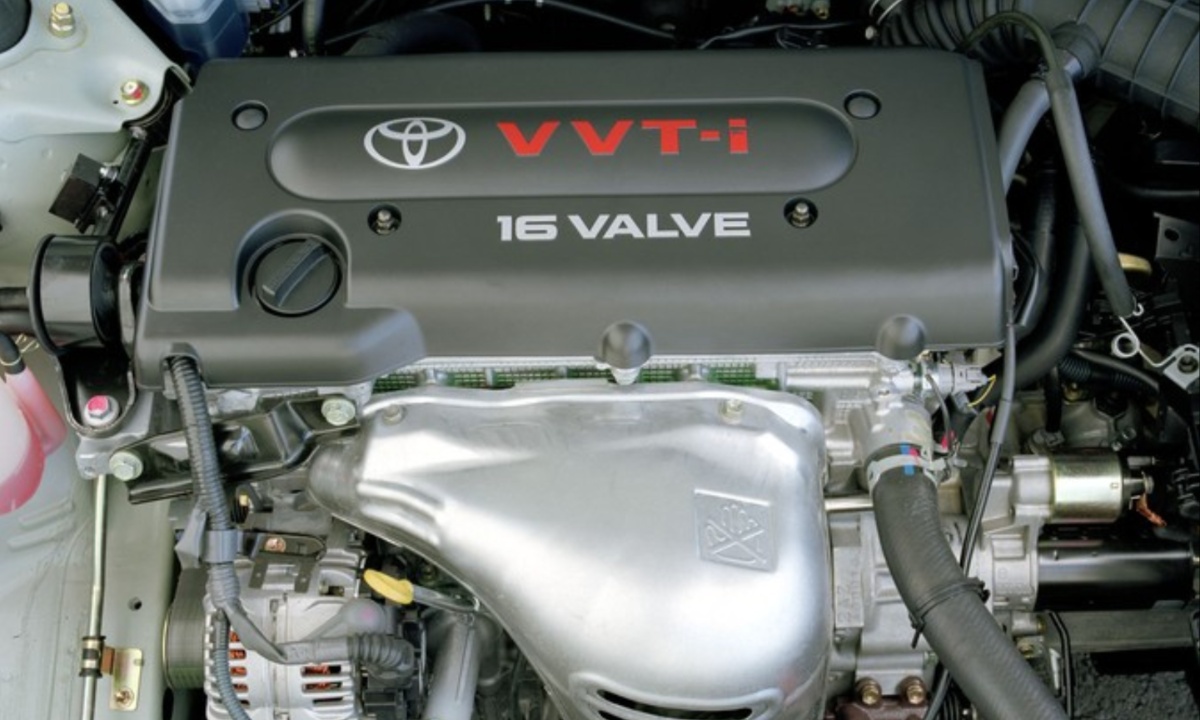
9. GM 3800 Series II (3.8L V6)
The GM 3800 Series II, a 3.8L V6, is famed for its unmatched durability and simple pushrod design. Found in Buicks, Pontiacs, and Chevrolets, it features a cast-iron block and heads, producing around 200 hp and 225 lb-ft of torque. Its low-tech, low-stress build results in engines frequently lasting over 300,000 miles.
The pushrod setup and minimal electronics simplify servicing and reduce failure points. Common issues like intake gasket leaks are cheap to fix. Even supercharged versions remain reliable. For budget-conscious drivers wanting V6 power, low costs, and long life, the 3800 stands as a near-indestructible legend in GM’s lineup.
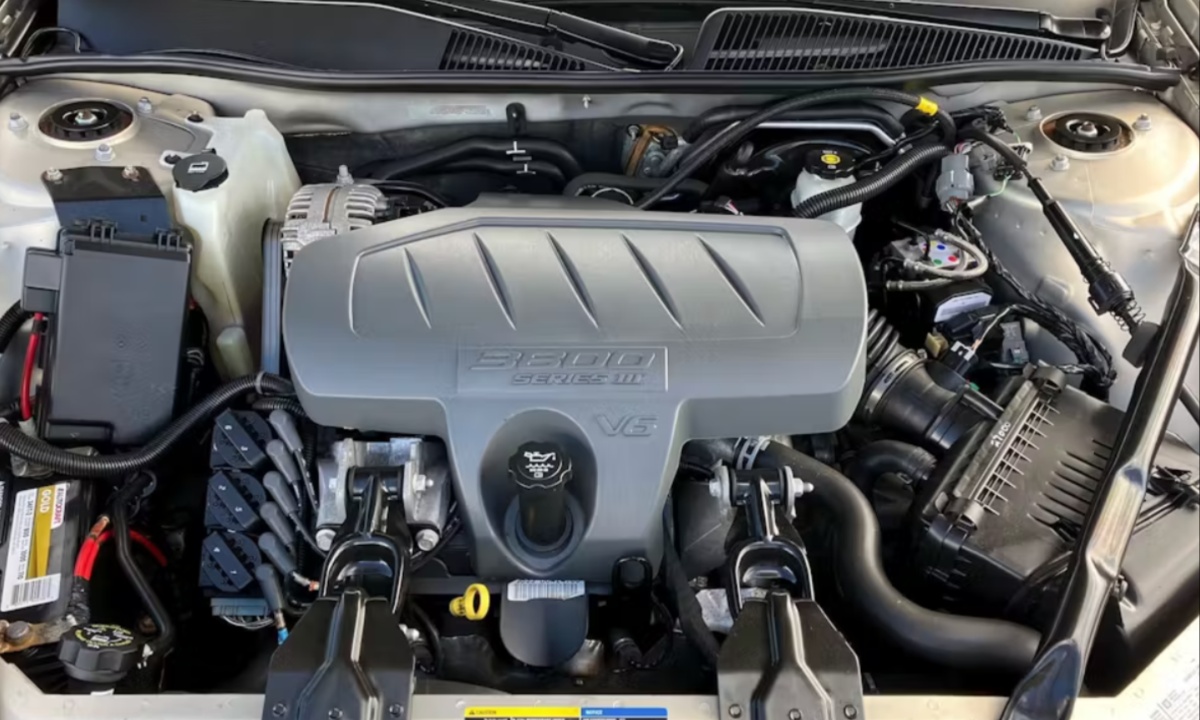
10. Mazda BP-ZE (1.8L I4)
Mazda’s BP-ZE 1.8L DOHC engine, found in the Miata and Protegé, is renowned for its blend of rev-happy performance and overbuilt durability. Featuring an iron block and aluminum head, it’s capable of withstanding high stress, with early models even using forged steel rods.
Producing around 130 hp, it feels smoother and more refined than most economy-class engines. Its resilience under boost has made it a favorite among tuners.
Maintenance is simple, with timing belts and sensors easily accessible. Parts are cheap and plentiful due to widespread use. The BP-ZE offers luxury-like drivability in a budget-friendly, reliable, and enthusiast-loved package.
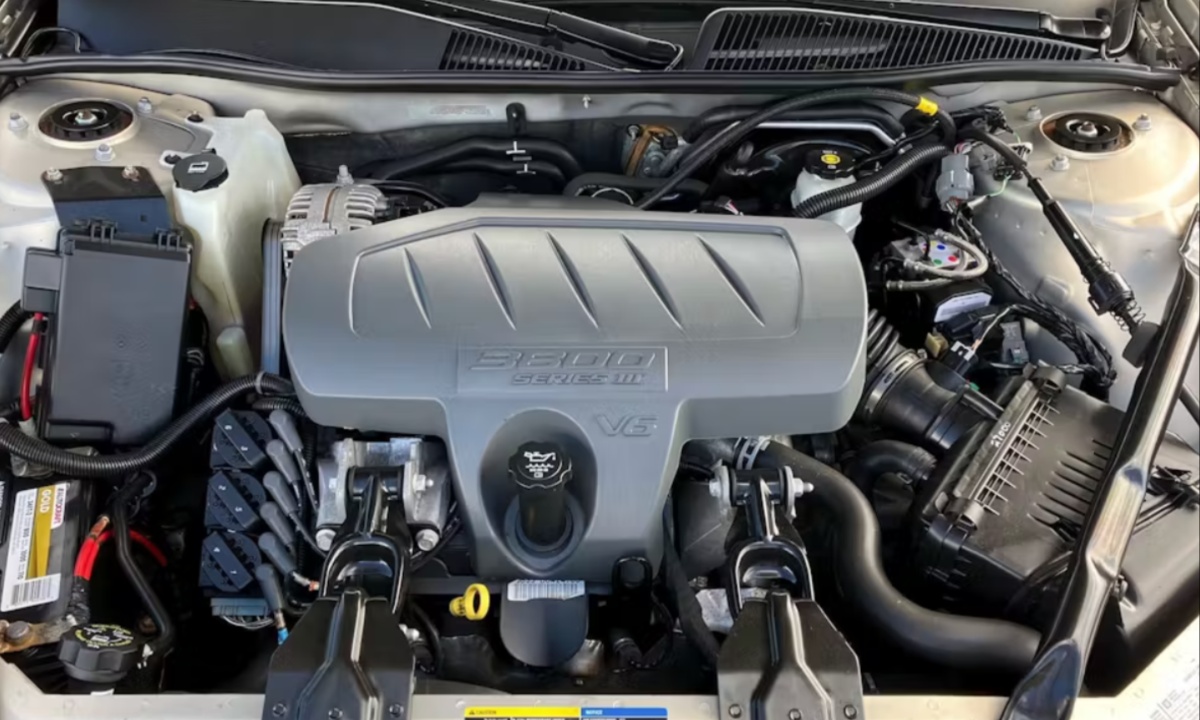
These engines embody what “Compact Durability Meets Smooth Performance” truly means. They’ve powered generations of vehicles with confidence, proving their worth through mileage milestones, daily commutes, and even spirited drives.
While technology has moved forward, the qualities that define these engines—simplicity, serviceability, and reliability—remain as relevant as ever. They’re not just mechanical components; they’re trusted companions on the road.
Whether you’re chasing budget longevity or nostalgic performance, the engines on this list deliver both. Built to last and easy to live with, they represent a golden era of internal combustion when smooth power and long-term durability went hand in hand.
Also Read: 5 Cars With the Most Ergonomic Pedals and 5 Clumsy Layouts

